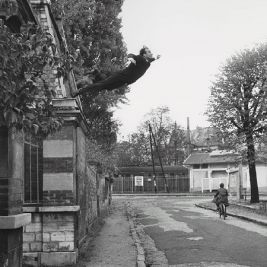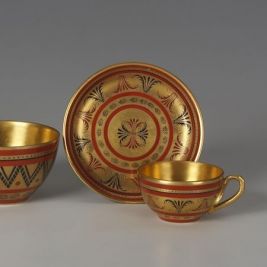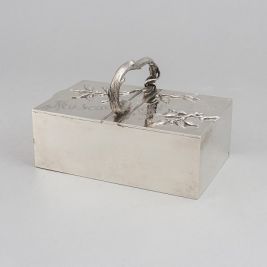
Texture in Typography: Revitalizing Design with Tactile Sensations
Typography in design is no longer just about legibility and aesthetics; it's evolving into a sensory experience. The rising trend of textured typography in 2024 showcases an innovative blend of visual pleasure and tactile engagement, redefining how audiences interact with digital and print media.
Texture in typography integrates physical sensations into visual elements, making the text feel almost tangible. This method enhances the emotional impact of the design by adding depth and a sense of materiality to what would otherwise be flat and two-dimensional. Textures can range from subtle graininess that suggests a sandy surface to more pronounced effects like embossing or debossing, which mimic the feel of engraved or pressed materials.
Applications and Impact
Textured typography is not just a stylistic choice; it’s a strategic tool in brand differentiation. Brands like Ben & Jerry's and Oatly have leveraged textured typography to reflect their quirky and sustainable values, respectively. This approach helps in creating a memorable brand experience that encourages engagement and enhances recall.
Technological Innovations
The implementation of textures in typography has been greatly facilitated by advances in digital design tools. Software like Adobe Photoshop and Illustrator now offers enhanced features that allow designers to apply various textural effects effortlessly. Moreover, the integration of AI technologies in design platforms is streamlining this process, enabling designers to experiment with textures without requiring extensive manual adjustments.
Design Considerations
When incorporating textures into typography, it’s essential to balance creativity with readability. The key is to ensure that the text remains legible and functional, even as it captivates and stimulates the senses. Designers must consider the context and medium of their work, as some textures may work well in a digital format but could lose their impact in print, or vice versa.
Texture in typography is transforming textual content from a mere conveyance of information into an interactive art form. As this trend continues to grow, it will likely spawn even more innovative applications, pushing the boundaries of what typography can achieve in both digital and physical realms. This trend is not just about aesthetics; it's about enhancing user engagement and leaving a lasting impression on the audience.

 An artist is a tireless creator of masterpieces of art
An artist is a tireless creator of masterpieces of art  Performance art - provocative art with profound meaning
Performance art - provocative art with profound meaning  Salvador Dali - a brilliant surrealist artist
Salvador Dali - a brilliant surrealist artist  100th Auction at HERMANN HISTORICA from 7 to 16 May 2024
100th Auction at HERMANN HISTORICA from 7 to 16 May 2024  Kuznetsov porcelain
Kuznetsov porcelain  Hyperrealism - the perfect authenticity of artistic illusion
Hyperrealism - the perfect authenticity of artistic illusion  Sculpture is the unique art of creating three-dimensional artistic works
Sculpture is the unique art of creating three-dimensional artistic works  Reproduction is an accurate copy of a work of art: its essence, distinctive features, and merits
Reproduction is an accurate copy of a work of art: its essence, distinctive features, and merits  Giovanni Guida is an Italian artist-innovator and master of grattage
Giovanni Guida is an Italian artist-innovator and master of grattage  Lorie Company - silver in the Art Nouveau style
Lorie Company - silver in the Art Nouveau style